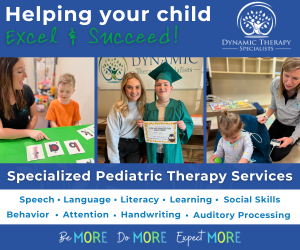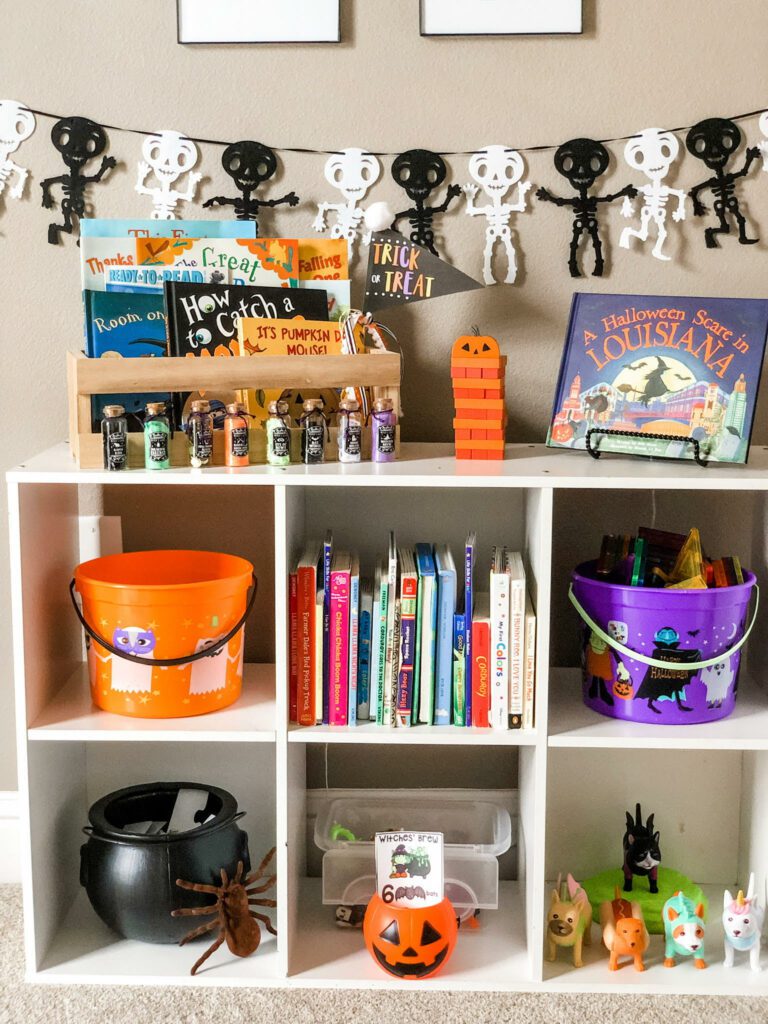Toys. Toys ending up everywhere and me nagging the kids to clean it up, and me needing to supervise the entire process to ensure they didn’t get distracted and me losing my cool because toys EVERYWHERE. And repeat. Day in, day out.
If you have little kids, I know you know what I am talking about. The toy clutter in every nook and cranny possible is enough to make anyone’s chest feel tight. And so day in and day out, my kids would witness a full blown mom tantrum brought on by the sight of toys everywhere.
We didn’t need a better organization system because if you know me, you know that organization is my jam, and the playroom has a pretty good system. We didn’t need new clean up songs, we’d already tried the best Daniel Tiger songs out there. What we needed was less toys out to play with.
What I didn’t think about was the way I feel when my house gets messy and cluttered. For a moment, think about the clutter in your home … it’s enough to make most home keepers overwhelmed. And that’s the same way it is for our children’s not yet fully developed brains – they see the mess, become overwhelmed not knowing where to start and just stand there.
So what did we do?
We implemented the toy rotation system I had seen so many times posted on social media and just scrolled past thinking, “oh that’s cute but does it really work?”
What is toy rotation and why do we do it?
If you haven’t heard of it before, it simply means to periodically switch out the toy your child has access to play with so there are only a few toys out at a time. Then store the toys that aren’t in use out of the way, like in a closet or attic. The why was easy after reading studies proving so many positives that come from this system.
Check it out…
A team from the University of Toledo studied whether the number of toys in a toddler’s environment influences the quality of play and here’s what they found:
- According to one study, the depth and length of playtime with four toys was better than 16 toys.
- Fewer toys actually improves cognitive development.
- Sustained play is enhanced with fewer toys.
- With fewer toys, kids play in more varied ways.
- Too many toys reduces the quality of play.
- Studies show too many toys causes distractions.
- Kids play longer when there are fewer toys available.
- Science confirms that kids are happier with fewer toys.
So, by implementing this system, there is less clutter, more fun, and more learning taking place. Sounds like a win win, right? But now what? How do you get started?
Toy rotating doesn’t have to be complicated or difficult to be successful. We started by dumping all the toy bins (most were already dumped, let’s be real) and took out broken toys and toys with missing pieces. Then sorted through toys and organized in categories back into bookshelf cubbies.
Some examples of toy categories:
- Cognitive toys: puzzles, shapes, colors, number sorting toys
- Fine Motor toys: balls, blocks, legos, Magnatiles, Duplos
- Creative/imaginative play: figurines, musical instruments, baby dolls, barbies, play food
- Language: books
Now that the toys are all sorted, you can decide which toys you want to display and which you want to hide. I like to choose at least one thing from each category above. For our Halloween toy rotation, we have out Halloween books, pumpkin Jenga, Halloween/fall books, a witches soup math game, figurines in costumes, monster trucks, and Magnatiles. We always keep out the Legos and play kitchen in addition to the toys I choose to keep on the bookshelf for toy rotation. We usually store all the toy in rotation in cubbies on a bookshelf but for our Halloween rotation, I used candy buckets instead of the cubby bins.
Keep in mind that there is no right or wrong way to do this. You get to choose how many toys are displayed. You get to choose how often the toys are rotated. And you get to choose the way they are displayed.
This system has proven to be a success so far for our family. My kids can pick up their toys without mentally shutting down because of the overwhelming clutter. Their playtime is enhanced. And I no longer lose my cool over toys being everywhere. My favorite part is watching their faces with they see their “new toys” once the bins are switched out. Maybe I’ll never have to buy another new toy, unless it involves bribery, which I am not above doing.
So whether you need better organization or your kids are “bored” with all their toys or you’re just tired of the clutter, I challenge you to give this system a try! Clear the clutter and start fresh.

















